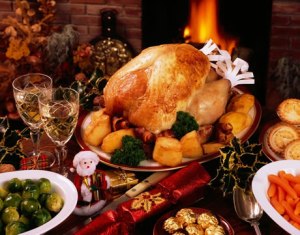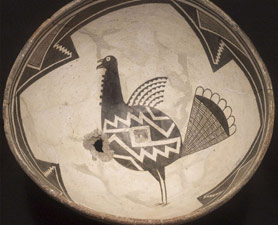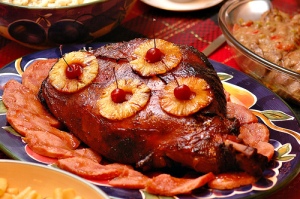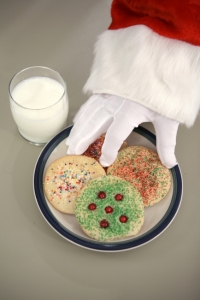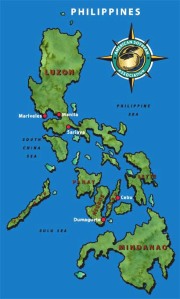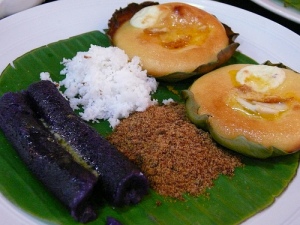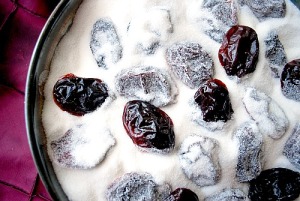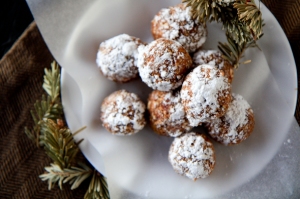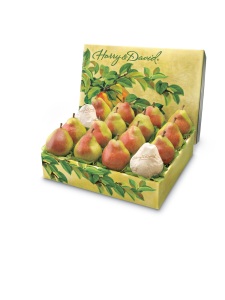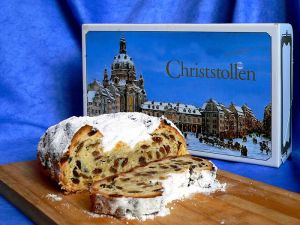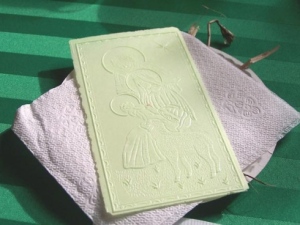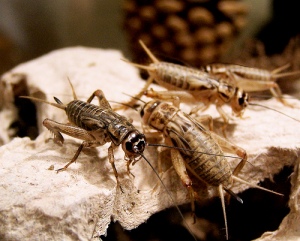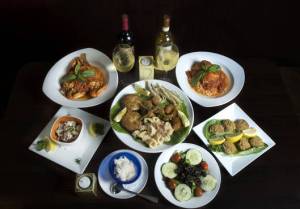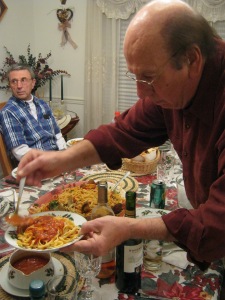Welcome to Part the Second of The Christmas Bird! This sort of accidentally ended up being the history of the turkey. It’s because I’m like sooooooooo thorough omg.
The wild turkey, native to Mexico and Central America, was nothing like the bird we know today. They were incredibly intelligent, brightly colored, and lived in flocks. Certain American Indian tribes, like the Zuni and Sioux, connected the turkey to the sun the same way early Europeans did with the goose. In one early Zuni legend it is said that the turkey, in an effort to raise the sun, burned his head feathers off, and that is why the turkey is bald. The turkey is associated with crops and their feathers were used in clothing and rituals. Later, European immigrants brought their custom of using the wishbone of the turkey to predict events to America.

